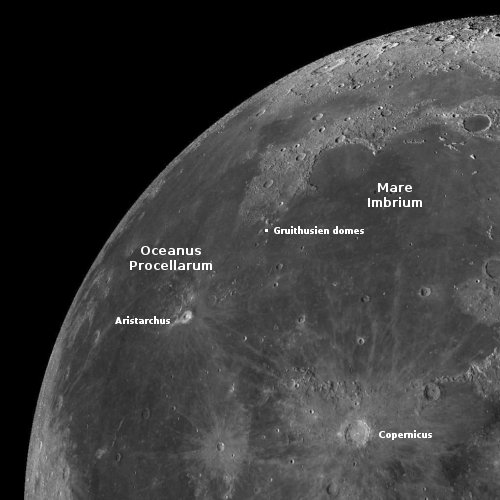ULA delays first launch of Vulcan to June at the earliest

An official from Astrobotics confirmed this week that an explosion during testing of the Centaur upper stage of its new Vulcan rocket will delay that rocket’s first launch for at least one to two months, from May to June or July.
On March 29, Tory Bruno, the CEO of Colorado-based spacecraft makers United Launch Alliance LLC, announced on his personal Twitter account that ULA’s Vulcan Centaur V rocket had experienced “an anomaly,” which preceded a tweet he shared on April 13 that showed a video of an explosion that occurred outside of a testing rig that housed the ULA rocket. He alluded to a hydrogen-related leak as being a possible culprit and in response the next day to other replies, Bruno said in a tweet that “June/July” will be the next earliest estimated launch timeline.
That timeline is the same one that John Thornton, CEO of North Side-based Astrobotic, shared during a speech as part of a kickoff event for the Aviation and Robotics Summit in the Strip District on Tuesday.
The main payload on that Vulcan inaugural launch is Astrobotic’s Peregrine lunar lander, carrying several NASA science instruments to the Gruithusien Domes region on the Moon, as indicated by the white dot on the picture above.

An official from Astrobotics confirmed this week that an explosion during testing of the Centaur upper stage of its new Vulcan rocket will delay that rocket’s first launch for at least one to two months, from May to June or July.
On March 29, Tory Bruno, the CEO of Colorado-based spacecraft makers United Launch Alliance LLC, announced on his personal Twitter account that ULA’s Vulcan Centaur V rocket had experienced “an anomaly,” which preceded a tweet he shared on April 13 that showed a video of an explosion that occurred outside of a testing rig that housed the ULA rocket. He alluded to a hydrogen-related leak as being a possible culprit and in response the next day to other replies, Bruno said in a tweet that “June/July” will be the next earliest estimated launch timeline.
That timeline is the same one that John Thornton, CEO of North Side-based Astrobotic, shared during a speech as part of a kickoff event for the Aviation and Robotics Summit in the Strip District on Tuesday.
The main payload on that Vulcan inaugural launch is Astrobotic’s Peregrine lunar lander, carrying several NASA science instruments to the Gruithusien Domes region on the Moon, as indicated by the white dot on the picture above.
